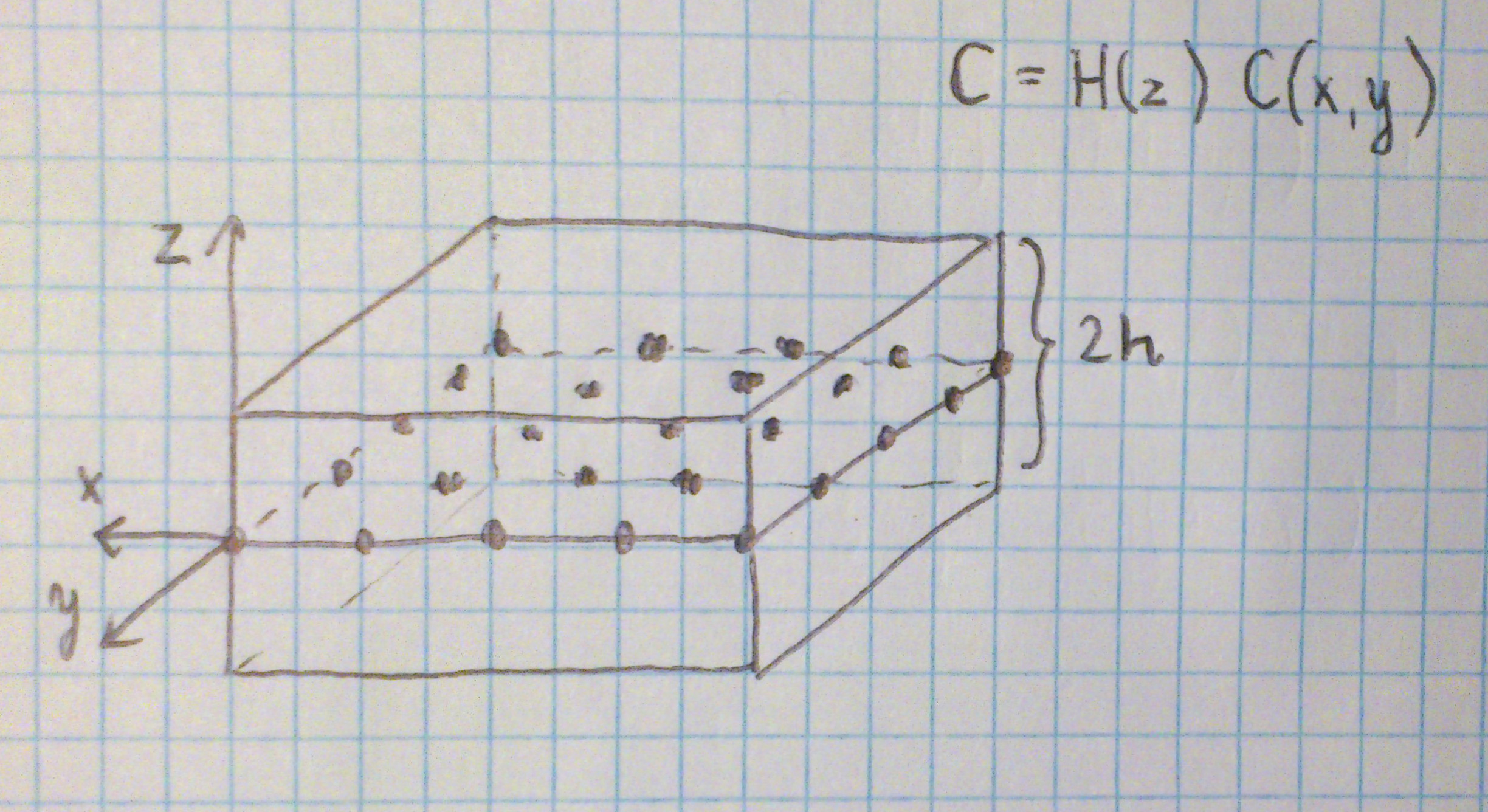KCSD 1D
The basic version of 1D KCSD is in repo and works, however it still can be improved significantly. The current limitations are:
- the results are not compatible enough with the previous version (I will aim for difference <.1%)
- lack of support for time dependent recordings
- lack of automated choice of optimal basis function width
- currently whole data is kept in RAM (this might be insufficient for very large datasets)
I will be eliminating the limitations and adding features gradually as I go along. This will be connected with unifying the interfaces of 1D, 2D, 3D KCSD.
KCSD 2D
The next two weeks are pretty intensive for me as I have to finish my university assignments and pass the examination period. However I will do my best and put as much time as possible into the project.
The next two or three weeks will be spent on developing two dimensional version of the KCSD method (KCSD2D). It assumes that data is collected with planar electrodes.

This time we need to model our potentials in one missing dimension and reconstruct sources in two dimensions. The relation between potentials and CSD in two dimensional case is:
assuming symmetry
There is a bit more juggling about distributing the sources properly.

